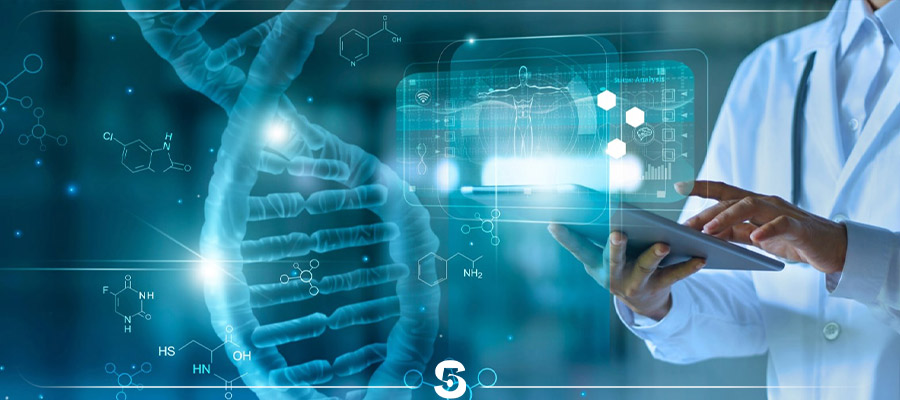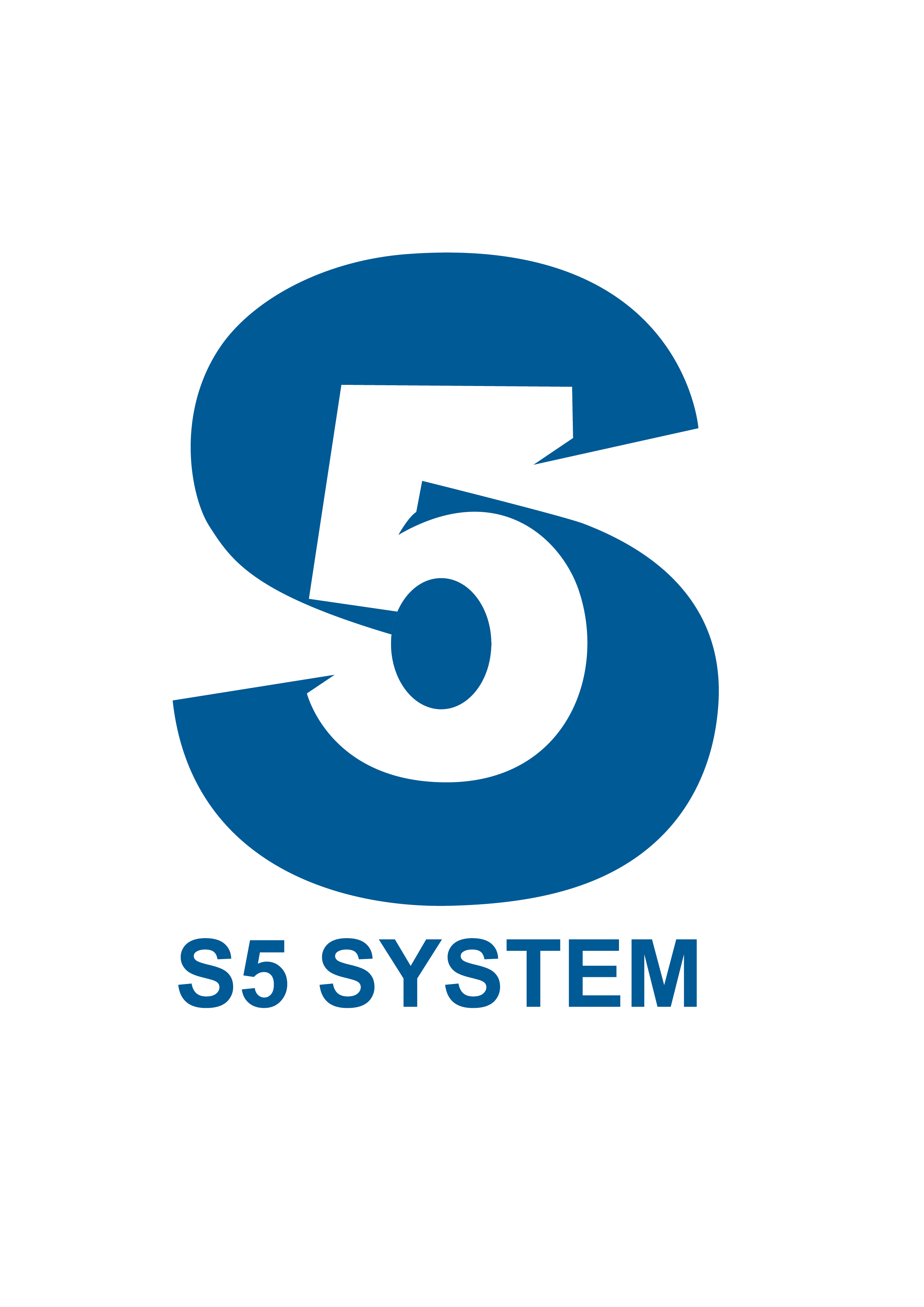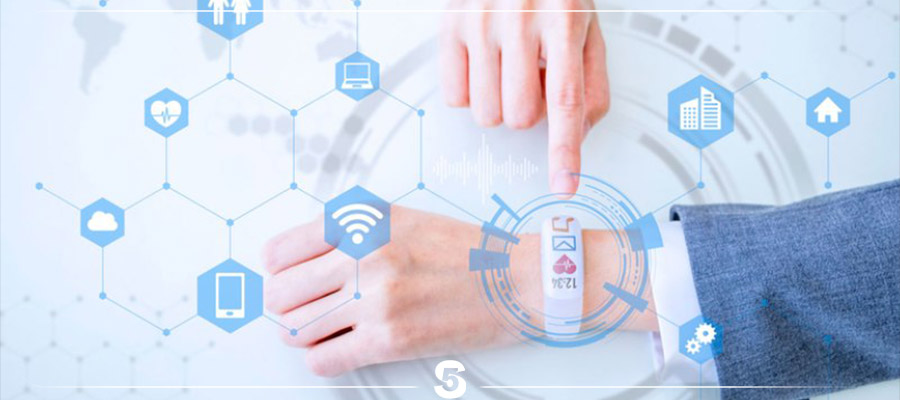The Role Of IoT In Healthcare Industry
Patient’s contacts with doctors were restricted, until the Internet of Things, to appointments, conferencing, and text messages. Doctors and hospitals were unable to keep track of their patient’s health and make rational decisions.
With the Internet of Things technologies, remote surveillance is now available in the healthcare industry. Which can keep patients safe and protected. At the same time enabling medical practitioners to provide better care while they are away.
With technology tools like video conferencing combined with real-time health statistics available to the medical practitioners, communication with doctors has become smoother and more effective resulting in increased trust and satisfaction for the patients.
Internet of Things (IoT) Applications for Healthcare:
The Internet of Things has the potential to fully improve healthcare for all the stakeholders in the ecosystem including but not limited to patients, medical practitioners, caretakers, hospitals, and insurance companies.

We can majorly classify the applications in the below major categories:
IoT for Patients
The Internet of Things has changed people’s lives, especially the lives of elderly patients, by allowing them to track and control their health conditions and issues. This has a huge impact on single persons and their families. When a person’s daily activities are moved, an alarm system sends warnings to family members and informed healthcare.
Wearables such as exercise bands and other wirelessly wired instruments such as blood pressure and heart rate control cuffs, glucometers. IoT devices provide patients with personalized care. These machines can be designed to remind you of things like calorie counting, exercising, appointments, blood pressure changes, and much more.
IoT for Medical Practitioners
Medical practitioners can keep better track of their patient’s well-being by using wearables and other IoT-enabled home surveillance devices. They will keep track of whether or not patients are sticking to their recovery schedules, as well as whether or not they need emergency medical attention. IoT allows healthcare providers to be more vigilant and compassionate in their interactions with patients.
Advantages and Disadvantages IoT in Healthcare
IoT for Hospitals
The Internet of Things can be used in a wide variety of medical instruments, including wheelchair users, heart monitors, nebulizers, oxygen supplies, and other power storage devices.
For hospital patients, infection spread is a big concern. Hygiene management devices with IoT capabilities help in the prevention of infection in patients. Asset management, such as medication inventory tracking, and environmental control, such as measuring refrigerator temperatures and controlling humidity and temperature, is also made simpler with IoT devices.
IoT for Health Insurance Companies
With IoT-connected intelligent systems, health insurers have a variety of options. Data obtained by health tracking systems may be used by insurance providers for underwriting and claims management. They will be able to diagnose fraud allegations and classify underwriting opportunities using this information.

Benefits of IoT in Healthcare:
Cost savings
IoT provides for real-time patient tracking, reducing the amount of unwanted medical appointments, hospital stays, and re-admissions.
Enhances the capabilities of preventive medicine
Using IoT software, we can obtain a better understanding of the patient’s condition and react accordingly. Instead of waiting for symptoms to appear, doctors may use the information obtained to detect changes and easily resolve any concerns. For these reasons, the use of neural networks for data analytics in accordance with large amounts of IoT data is acceptable.
Increased hospital staff versatility and alertness
This is one of the most important IoT benefits of healthcare that would benefit frontline workers. In the case of a pandemic influenza epidemic, a growing number of patients may need urgent medical assistance.
Doctors are being forced to take on positions that they are not qualified to manage. They need software that helps them to track thousands, of patients in real-time. They can receive immediate alerts when critical changes in patient parameters occur, quickly locate patients. Who require assistance, and direct assistance as soon as possible using IoT tracking systems.

Drug and Medical Equipment Management
Healthcare providers can use IoT and medical software for medical practitioners to remotely verify whether a patient has taken their medications and if they haven’t, the therapist can call and inform the patient, or even simplify the procedure.
Reducing Errors
Usually, results turn wrong, or the doctor works an incorrect test or conclusion. In medicine, the social aspect may have important consequences. This is generally avoided with IoT due to checks and balances. The device can have the best performance in terms of diagnostic accuracy.
The life saving potential of the IoT
Patient data collection is sped up
Doctors usually spend hours analyzing various types of data. With the help of IoT, it will take a few minutes. Furthermore, the IoT when paired with AI and machine learning, will have care solutions.
Because of its diverse range of applications in various sectors, the growth of IoT is inspiring for everybody. It has a lot of functions in healthcare.
- Reducing emergency room wait time
- Tracking patients, staff, and inventory
- Enhancing drug management
- Ensuring availability of critical hardware
IoT has since launched a range of wearables and accessories that have made patient’s lives easier. The following are the devices:
- Hearables
- Ingestible sensors
- Moodables
- Computer vision technology
- Healthcare charting

Future Effect of IoT in Healthcare:
The popularity of smartphones and wireless networking, as well as the high costs of sensor technology, are two major factors behind IoT’s large projected growth in the healthcare industry.
With modern Internet of Things technologies helping develop healthcare, the IoT healthcare industry sector is rapidly solving potential technological implementation challenges and constantly upgrading the digital healthcare system by taking the benefits of innovative developments to doctors and patients.
Around 2015 and 2020, the healthcare Internet of Things (IoT) market will expand at a compound annual growth rate (CAGR) of 37.6 percent. If there is one thing that is clear, it is that the Internet of Things has changed healthcare in a multitude of areas over the last few years and will continue to do so in the future.
(IoT) in Healthcare : Benefits, Use cases and evolutions
In healthcare, what role does the Internet of Things play?
Let’s explore an IoT healthcare workflow example:
- A patient’s data is collected by a sensor.
- With the help of AI-driven algorithms like machine language (ML) , an IoT device sends the collected data.
- The computer must decide whether to take action or transfer the data to the cloud.
- On the basis of the data provided by the IoT system, doctors, health professionals. And even robots will make actionable and intelligent decisions.
Conclusion
In recent times, the future of IoT in healthcare seems bright. The current state of the market, as a result of the pandemic. Has once again shown the importance of using technologies like IoT, big data, and AI to improve. The safety and security of healthcare.
The Internet of Things is changing the way healthcare services are delivered. These innovations enhance the product by combining small improvements to have a greater result.






